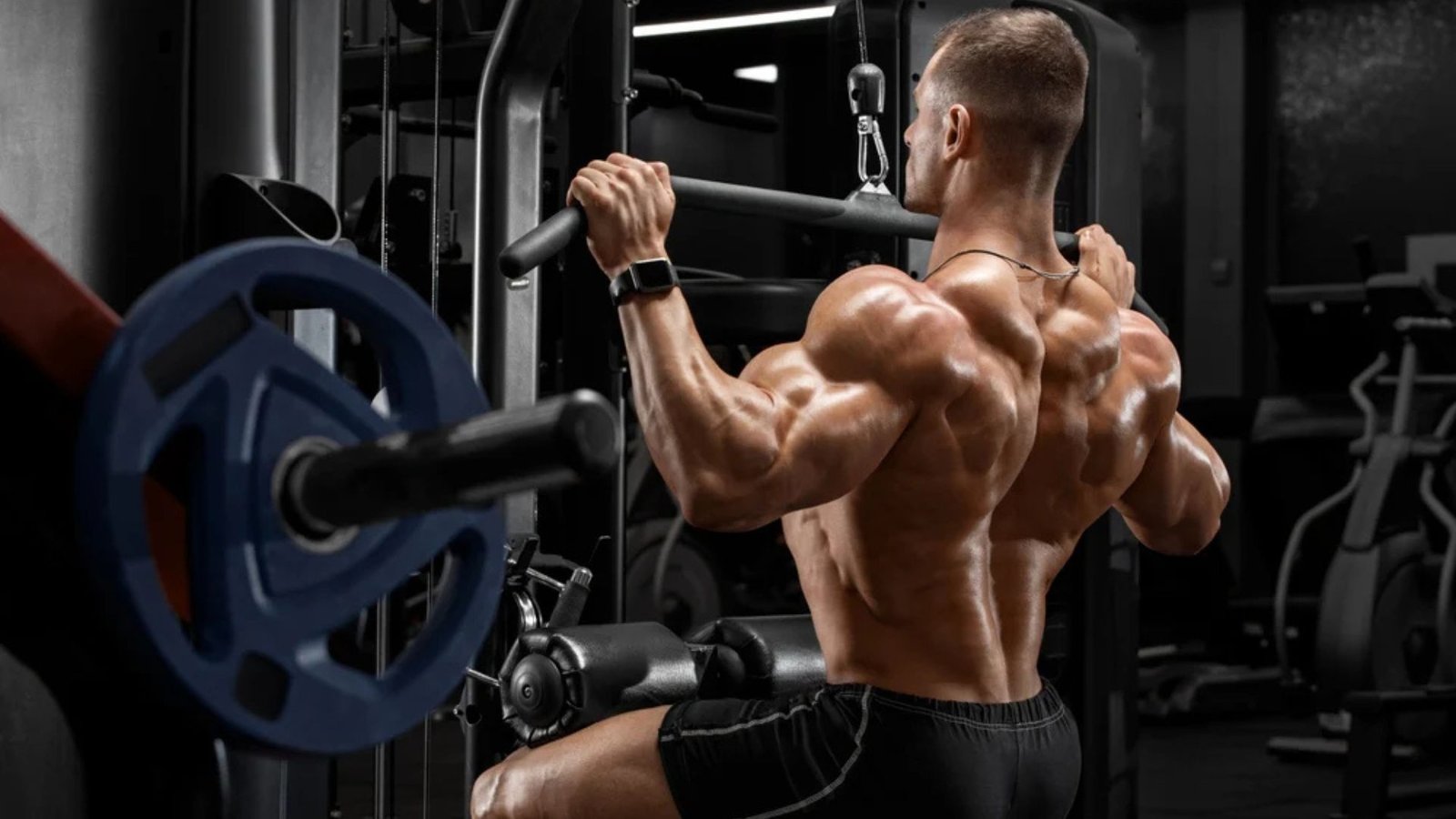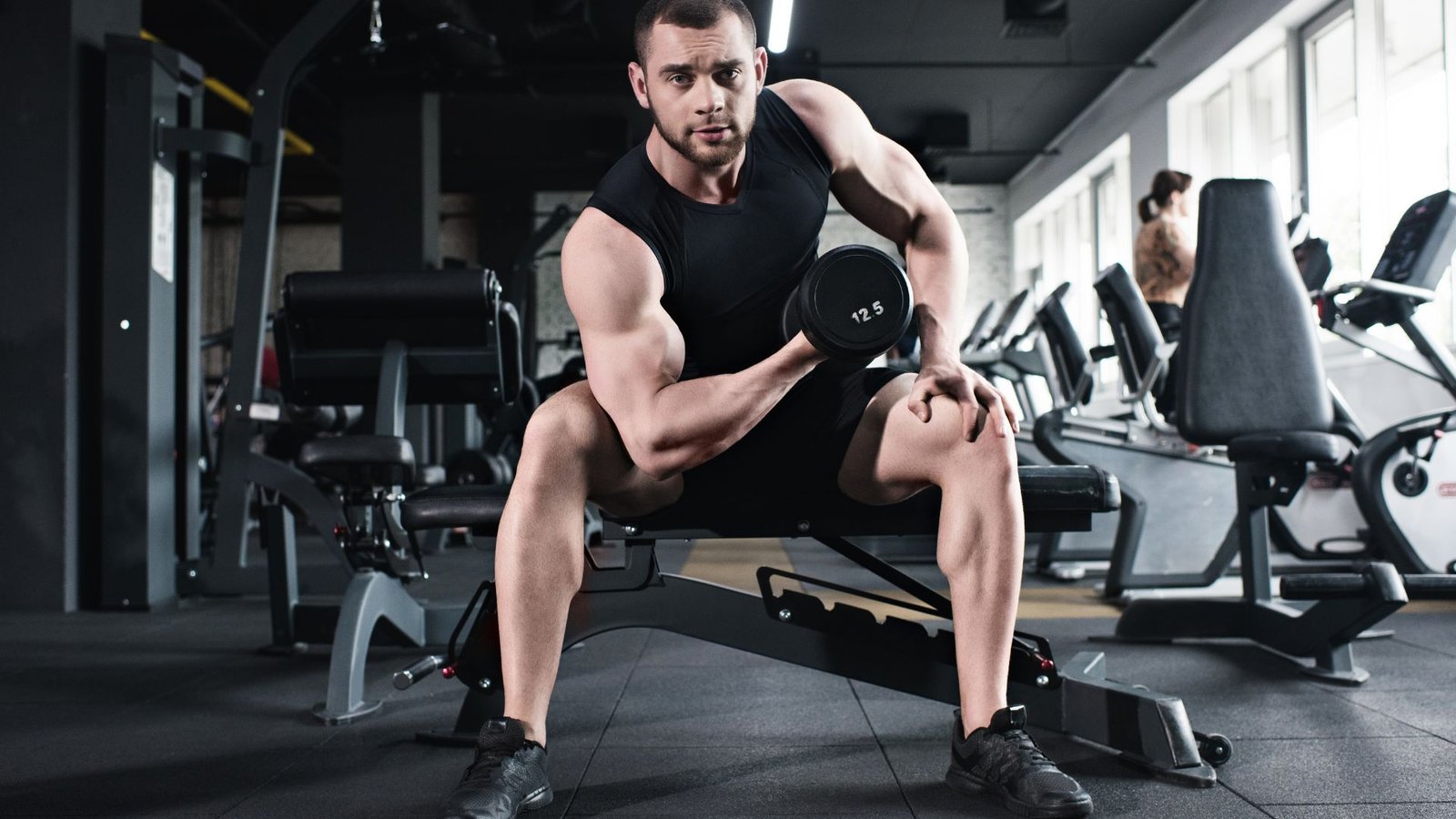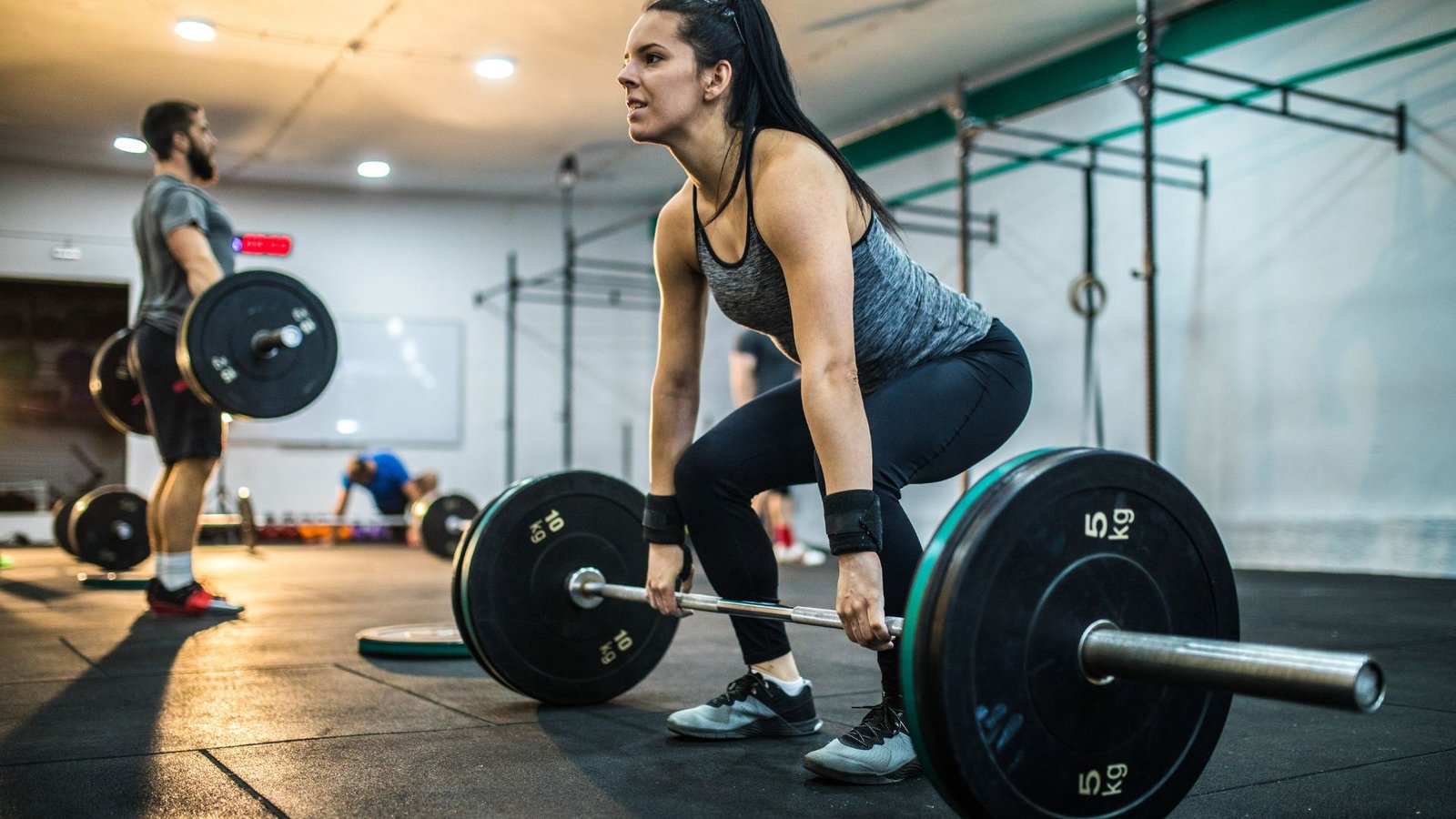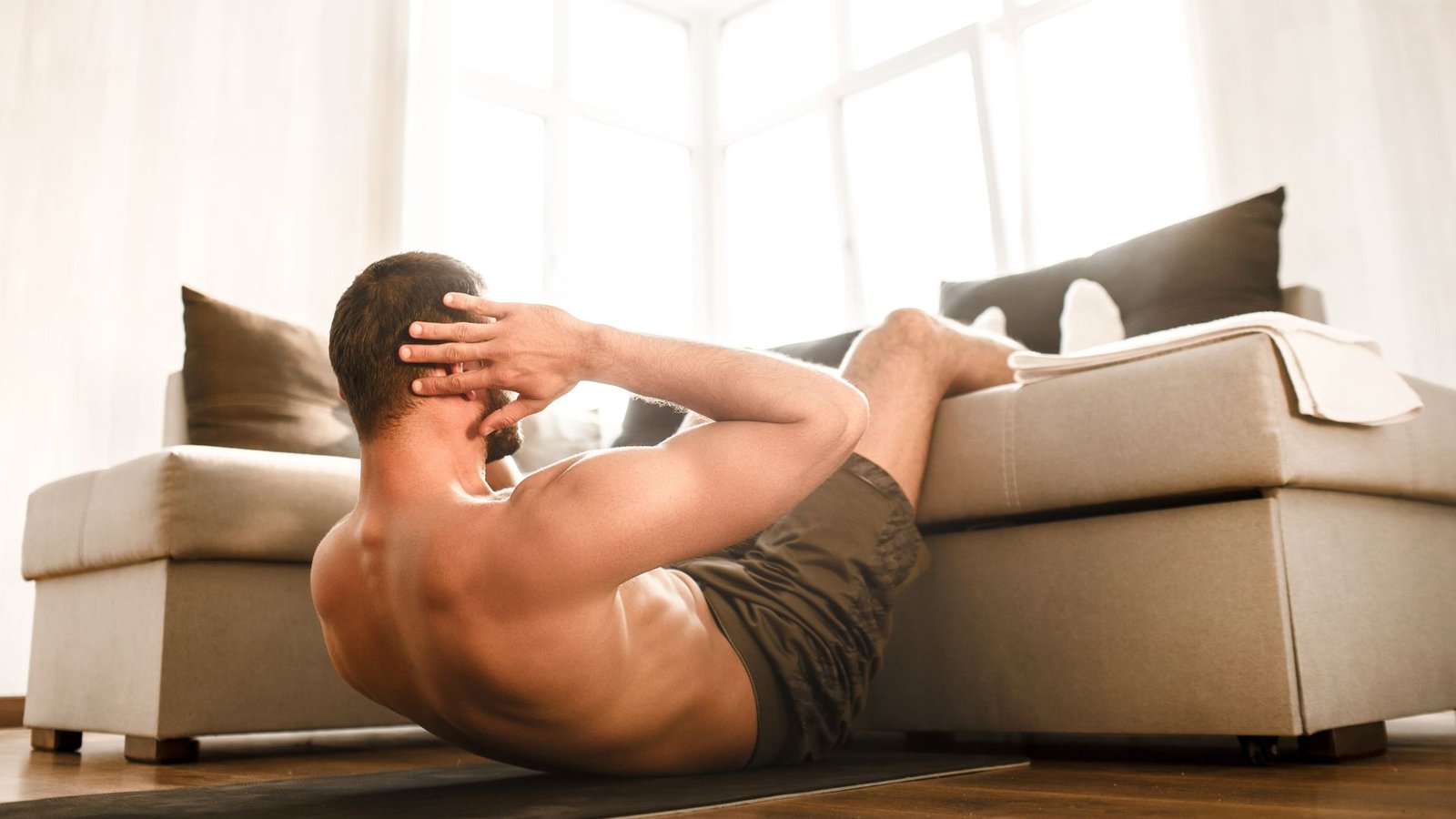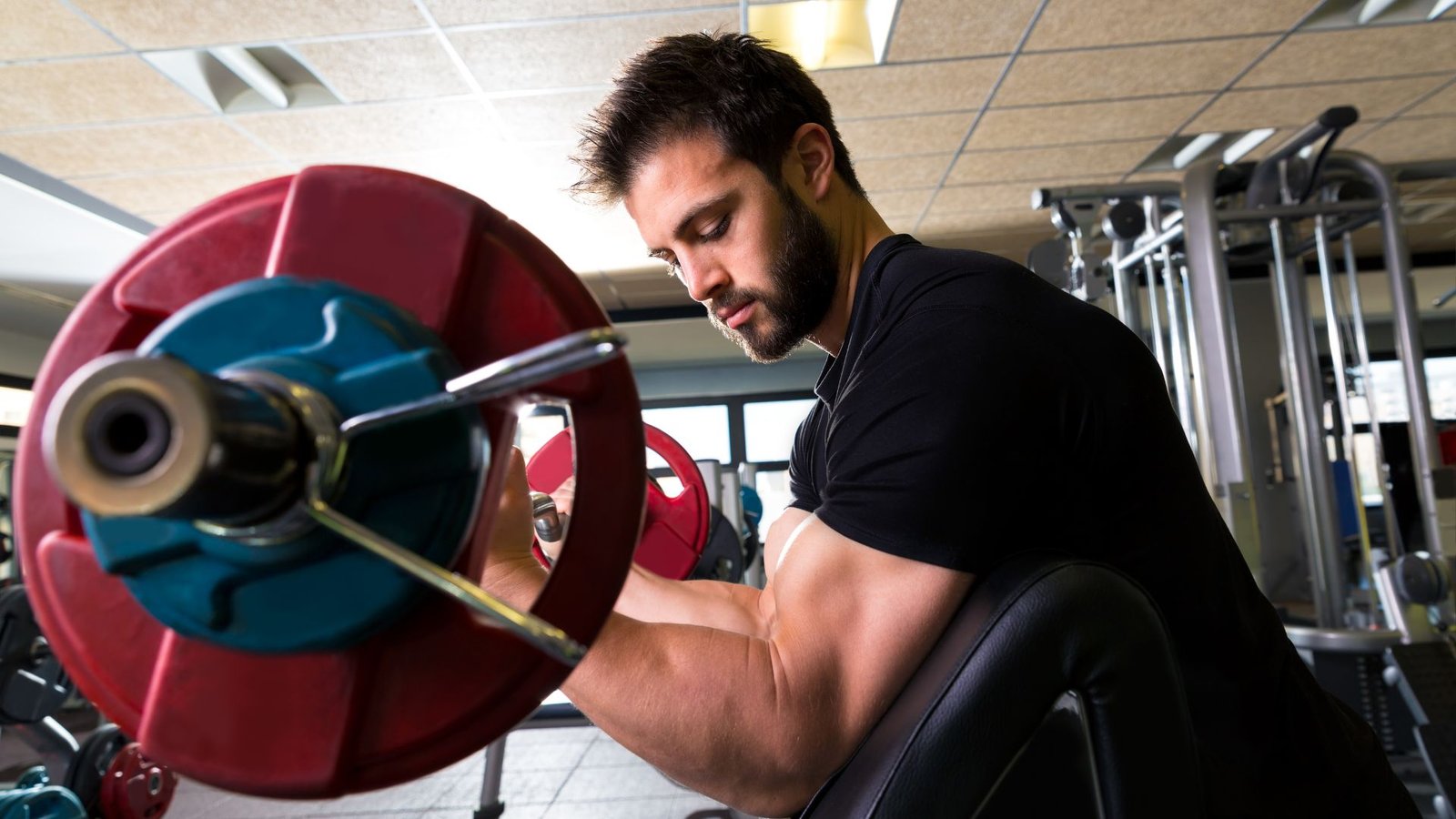Lateral pull downs are one of the best exercises for developing a strong, defined back and improving upper body strength. This compound movement targets the large muscles in your back while also engaging your shoulders, arms, and core. Whether you’re a beginner or an advanced lifter, lateral pull downs are a versatile addition to your workout routine.
Muscles Worked in Lateral Pull Downs
- Latissimus Dorsi (Lats): The primary muscle activated, essential for creating a wide, V-shaped back.
- Biceps: Assist in pulling the bar down.
- Trapezius and Rhomboids: Support scapular retraction and shoulder stability.
- Rear Deltoids: Provide additional support during the movement.
Benefits of Lateral Pull Downs
- Strengthens the Back: Targets the lats for a wider and more sculpted back.
- Improves Pulling Power: Boosts strength for pull-ups and other pulling movements.
- Enhances Posture: Helps counteract forward-slouched shoulders and improves alignment.
- Low Impact: Provides a safe way to build strength without excessive strain on joints.
How to Perform a Proper Lateral Pull Down
- Setup: Sit on the pull-down machine and adjust the thigh pads to secure your legs.
- Grip the Bar: Use a wide grip with your palms facing away from you.
- Engage Your Core: Keep your chest up and back straight.
- Pull the Bar: Bring the bar down to your upper chest by driving your elbows downward.
- Control the Return: Slowly allow the bar to rise back to the starting position without losing tension in your back.
Common Variations of Lateral Pull Downs
Wide-Grip Pull Downs
- Focuses more on the upper lats for width.
Close-Grip Pull Downs
- Targets the lower lats and emphasizes arm engagement.
Reverse-Grip Pull Downs
- Activates the biceps and lower lats with a supinated grip.
Single-Arm Pull Downs
- Isolates each side of the back to address muscle imbalances.
Neutral-Grip Pull Downs
- Uses a parallel grip for a more natural arm position.
Sample Lateral Pull Down Workout
Warm-Up (5 Minutes):
- Arm swings, shoulder rolls, and light resistance band rows to activate the upper body.
Main Workout:
- Wide-Grip Pull Downs: 4 sets of 10–12 reps.
- Close-Grip Pull Downs: 3 sets of 12 reps.
- Reverse-Grip Pull Downs: 3 sets of 10 reps.
- Single-Arm Pull Downs (cable): 2 sets of 10 reps per arm.
Cool Down (5 Minutes):
- Stretch with child’s pose, overhead reaches, and cat-cow to relax your back and shoulders.
Tips for Effective Lateral Pull Downs
- Focus on Form: Avoid leaning too far back or using momentum—keep the motion controlled.
- Engage the Right Muscles: Visualize pulling the bar with your elbows to fully activate your lats.
- Adjust the Weight: Use a challenging weight without compromising your form.
- Breathe Properly: Exhale as you pull the bar down and inhale as you release.
- Incorporate Variations: Mix up grips and techniques to target different areas of your back.
Why Include Lateral Pull Downs in Your Routine?
Lateral pull downs are a staple for building a strong, wide back and improving overall upper-body strength. They’re adaptable, effective, and suitable for all fitness levels, making them a must-have in any workout program.
Add lateral pull downs to your training regimen and take your back gains to the next level!
